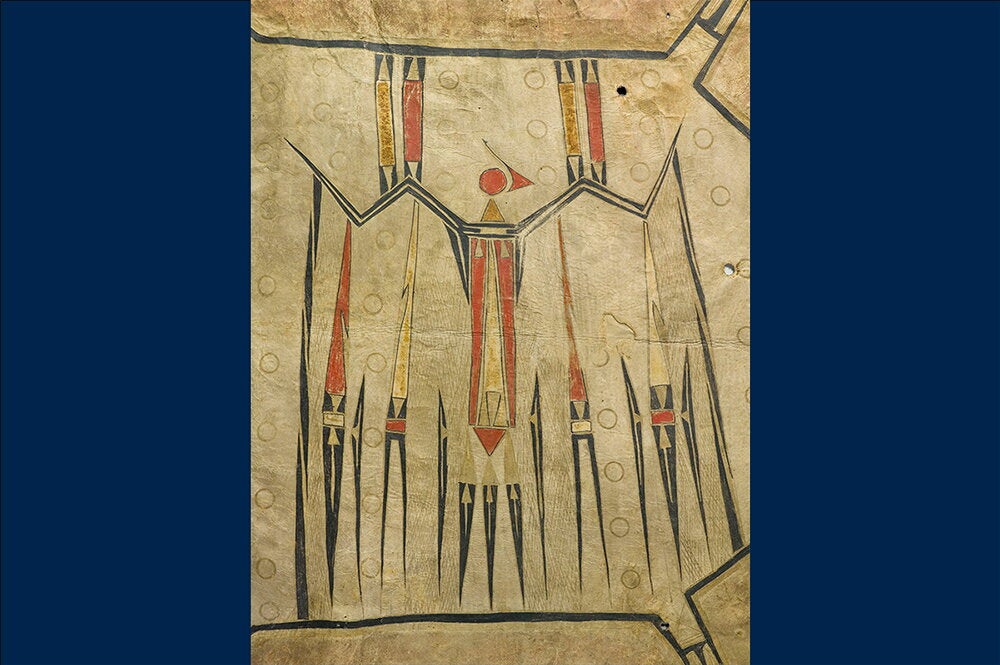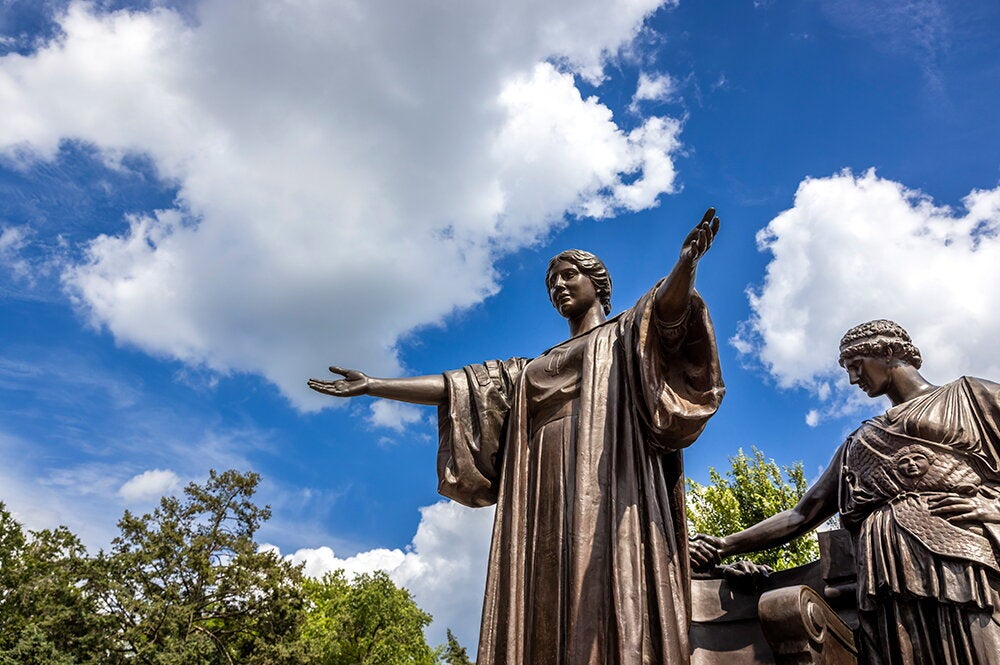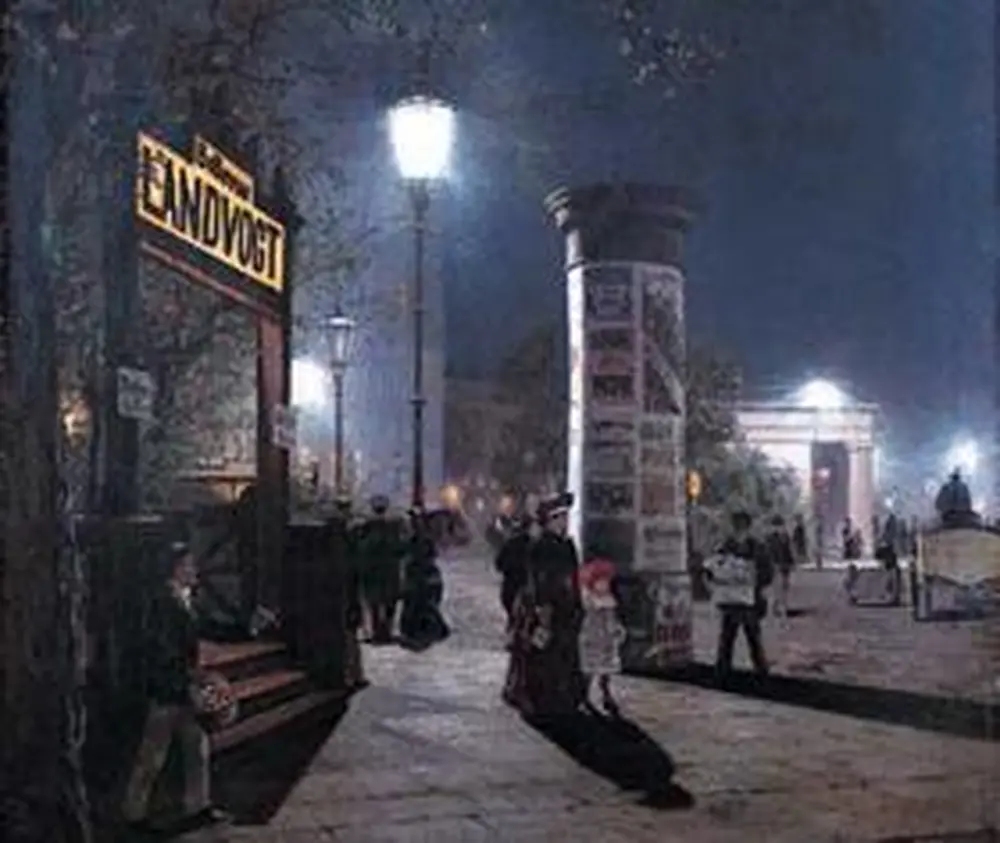
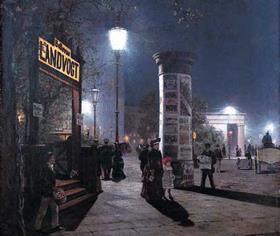
Darkness truly ruled the night in the Europe of 1500.
People feared almost everything about the hours after sunset, says U of I historian Craig Koslofsky.
Artificial light was limited and the night was a time of real and imagined danger, of evil, demons, and suspect activity, a “primal force” over which people had little control, Koslofsky says. Cities teemed with nightlife, but all of it was suspect, and “not a place for respectable men, and especially not respectable women, to ever be.”
Two centuries later—well before the age of electricity—the cities of northern Europe, at least, had embraced the night much as we do today, says Koslofsky.
By 1700, the major cities of northern Europe glowed with thousands of hand-lit street lamps, its citizens conversed late into the evening in coffeehouses, and its rulers and the rich illuminated the night to flaunt their power and wealth, Koslofsky says. The evening hours had come to accommodate socializing, commerce, and work.
Rather than being feared, “the night was now seen as an opportunity, something you could manipulate,” he says.
No specific new technology drove this process of “nocturnalization,” he says. The street lamps burned animal- and plant-based oils that had been available for centuries, though not at a small cost. The lamps in each city required a small army of workers to manually light and maintain.
Rather, Koslofsky says, this embrace of the night resulted from a change in religious, cultural, and everyday attitudes, and a determination to “colonize” the urban night. He calls it “colonizing” the night because he sees a connection between those efforts and the drive by Europeans toward colonization overseas during the same time. One is an effort to master time and the other an effort to master space, he says, and he sees similar themes and people involved in both.
The change, Koslofsky says, may have begun with the persecution of various Christians in the wake of the Reformation of the 16th century.
For over a thousand years, Christian literature and symbolism condemned the night as a time of both natural and supernatural evil, as an abode of the devil and ghosts and witches, he says. But the persecution of Catholics by Protestants, and Protestants by Catholics—depending on the location—forced many Christian groups and churches to meet and worship at night. As a result, they reasoned that “the night can’t be solely a time of evil,” he says. “They begin to see the night as a time of refuge.”
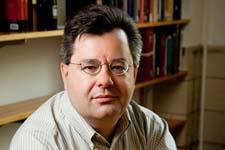
For inspiration, they drew on one of the few positive references to the night in the Bible, the New Testament story of Nicodemus coming to Jesus at night.
The rulers of the period, often in need of an image boost, then saw an opportunity to use the night for their own ends, Koslofsky says. By holding events in the evening, and lighting them at great expense, “they start to use the night to enhance their own glory,” he says.
Lighting a king against the darkness can “reveal the king's luster.”
Another factor, however, is the surprising and rapid rise of street lighting in most of northern Europe's cities within a period of only 40 years. “The amazing thing is that everybody suddenly must do this between 1660 and 1700,” he says.
Installing a system of street lighting required hundreds of lamps in some cities—thousands in a city the size of Paris, Koslofsky says. And it wasn’t cheap. In Leipzig, Germany, the expense was equivalent to that of building and maintaining the new city hospital.
The material used in the lamps varied by city, he says. In Amsterdam, it was linseed or rapeseed oil; in Paris, tallow candles; in Hamburg, whale oil; in Vienna, rendered beef fat.
During the very same years, coffeehouses were being established by the hundreds in the same cities, and Koslofsky has charted the trend.
“This is the first time in the history of Western civilization that people have socialized around a non-alcoholic beverage,” Koslofsky says. Although the coffee was not that strong, it still provided a very different outcome from drunkenness and fighting, he says.
“All over, coffeehouses are associated with news and information and all sorts of loose-lipped political and theological talk,” Koslofsky says. As a result, some rulers attempted to close them down.
But this conversational culture, early in the Enlightenment, also chipped away at many of the fears and beliefs still associated with the night, Koslofsky says. “All the things that are intensely associated with darkness in Western culture are becoming a little less scary,” he says.
Where did those fears and negative associations go? Koslofsky sees some evidence that they were in some ways transferred to race, as the African slave trade intensified around 1650 and race grew ever more important in European efforts at colonization.
That’s a connection he hopes to explore in the future.
